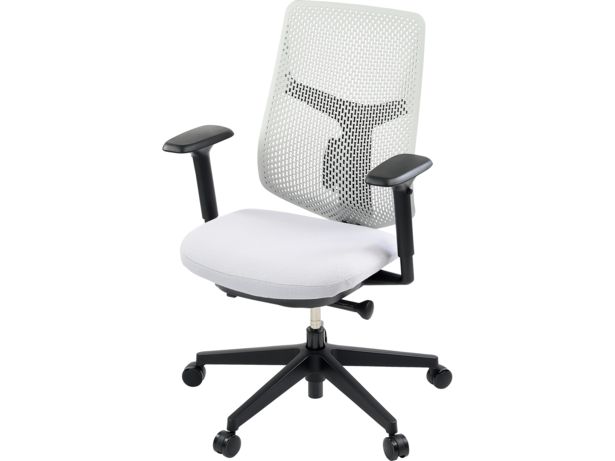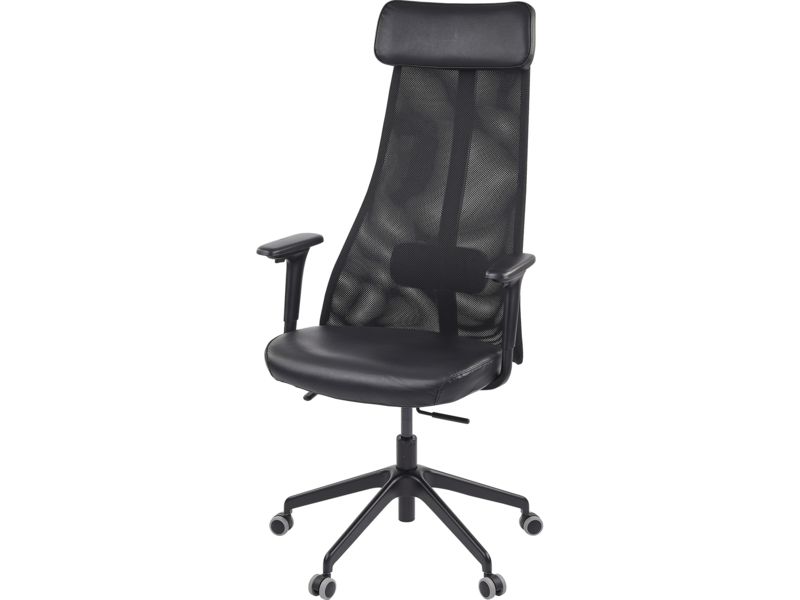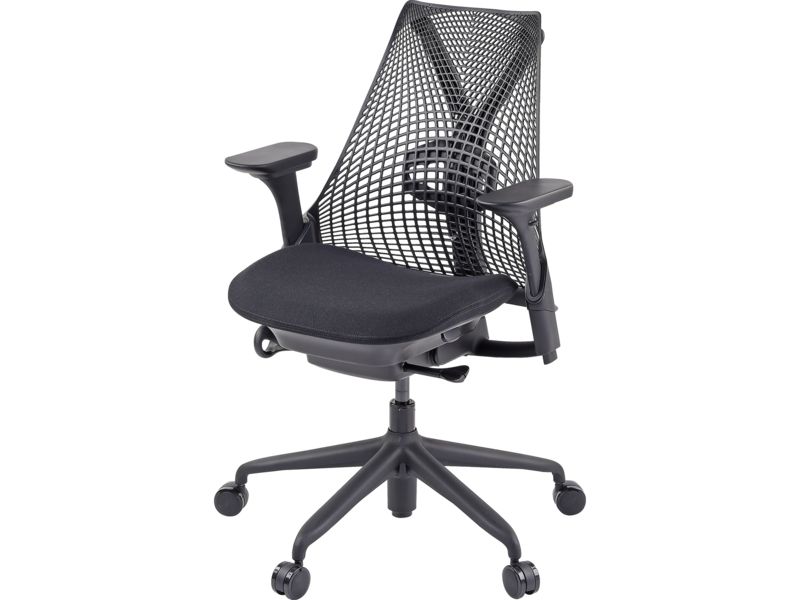How we test office chairs

In this article
- Will my office chair be comfortable?
- Will my office chair be ergonomic?
- Will my office chair be easy to assemble?
- Will I be able to use and adjust my office chair easily?
- What kind of features will my office chair have?
- Is my office chair safe?
- Should I buy it?
- Which? office chair testing changes
We only recommend office chairs that are easy to assemble and comfortable to sit in for extended periods of time, with no unsafe areas where you might trap your hands or fingers.
All office chairs that we review go through a set of rigorous tests. Our reviews answer the following important questions:
- Will the office chair be comfortable to work in all day?
- Is the office chair ergonomic and supportive?
- Is the office chair easy to use and adjust?
- What kind of features does the office chair have?
- How easy is the office chair to assemble?
- Is the office chair safe?
Head straight to our office chair reviews to discover which ones come out top of our testing and are comfortable to sit in.
Alternatively, read on to find out more about exactly how we test office chairs.
Will my office chair be comfortable?
Our panel of testers try out and rate every chair we test. In total they sit for one hour uninterrupted in each one, using the recline feature if they choose and following the instructions to ensure they're sitting 'correctly' in the recommended position at a desk.
Each tester rates all of the chairs based on how comfortable they are during that period of time, including on specific body parts such as their legs, back and arms.
They also try out sitting down and standing up out of the chair to make sure you won't have any problems.
We recruited volunteers of different heights and with different body shapes to ensure that we're representative of the UK public.

Will my office chair be ergonomic?
It's not all about feeling comfortable, though: an office chair also needs to be actively supporting you. With most of us sitting in office chairs for around eight hours a day, it's imperative that you choose a model that will provide you with a good level of support for your back, neck, arms and legs. Sitting in an unsupported position for hours on end will have long-lasting effects on your health and posture.
Our independent testers assess each office chair individually and come up with a consensus score based on a series of metrics designed to work out how ergonomic each model is. They rate the chair from 1-5 (5 being the best) and advise whether or not they'd recommend it for home use.
To ensure the testing is fair, we use testers with different heights and body shapes to ensure they're representative of the UK public.
Will my office chair be easy to assemble?
The majority of office chairs we test don't come pre-assembled, so it'll likely be down to you to set aside the time and build your chosen model yourself.
You'd be forgiven for assuming that assembly is fairly similar for most models, but we've discovered there are actually vast differences between chairs, whether that's in terms of overall assembly time or the amount of parts and tools required.
We assess the time it takes to build each office chair we test, as well as whether or not you'll need to provide your own tools and how easy the overall process is.
Will I be able to use and adjust my office chair easily?
There's no point in getting an aesthetically-pleasing office chair that's going to be a nightmare to set up or adjust.
As part of our user panel test, each individual will also assess exactly how easy it is to adjust the various settings on each chair. This includes changing the overall height of the chair, as well as the backrest tilt, armrest height, seat depth and seat tilt if applicable.
They will also try out the controls and rate how easy they are to use – for example, are they responsive to touch or very hard to press down – as well as noting whether or not the function of each button is clearly labelled.

What kind of features will my office chair have?
As with most products, office chairs at the cheaper end of the scale will likely be about as basic as they come, whereas with pricier models you're likely to get extra features.
We note down all the important features that come with the office chairs we test. This may include additional adjustable lumbar support, removable arms or interchangeable wheels for carpet and hard floor.
It's worth noting that, just because a chair has more features, that doesn't necessarily mean it will be a 'good' model though: it might have lots of features but still be uncomfortable or unsupportive.
Is my office chair safe?
If any of our volunteers or lab workers have concerns about the stability, durability or controls of any of the office chairs they will inform us during the testing process.
We test according to the office chair safety standard BS EN 1335-2:2018, so we can be sure that every part of each chair that we test is safe. This means checking that the edges of the seat, back rest and armrests are all rounded, as well as the handles and any other edges and corners.
An office chair will also lose points if it has accessible hollow components without caps, or if there are any sections that could pose an additional hazard, such as spots where fingers or thumbs could get trapped.
We also check that any required fire safety labels are present and correct.
Should I buy it?
All of the assessments listed above go into making the final overall score for each office chair we test. We know that some elements are more important than others to you, so we've made sure to weigh them accordingly:
- 40% ergonomic assessments
- 45% adjustability
- 15% support
- 15% controls
- 10% dimensions
- 25% comfort
- 25% ease of use
- 5% features
- 5% assembly
Currently, an office chair needs to score at least 68% on our tests to earn a Best Buy recommendation. Anything that scores 45% or less is a Don't Buy.
To earn a Great Value badge, an office chair needs a decent minimum score in our tests and it must be at least 20% cheaper than the average we’ve tested in the office chairs category.
Which? office chair testing changes
In June 2023, we changed our evaluation criteria to account for changes in the market and our test results, decreasing the score required for an office chair to be a Best Buy from 73% to 68%. This meant that some products gained Best Buy recommendations, after assessing if they have the qualifications to be recommended.























